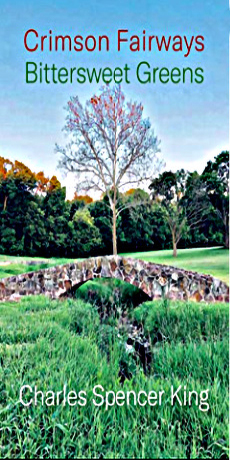When the South Side Reigned
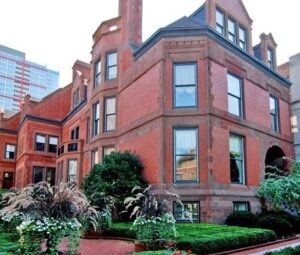
461.mlsimages.movoto.com
Built in the 1880’s, this was the residence of Marshall Field II; a portion of it could be yours today.

By Megan McKinney
This is the first of a series on Chicago mansions of the city’s iconic historic figures who bore household names, then and now. There were great mansions throughout Chicago at the turn of the last century, but we are focusing on those in which lived families we feel we “know.”
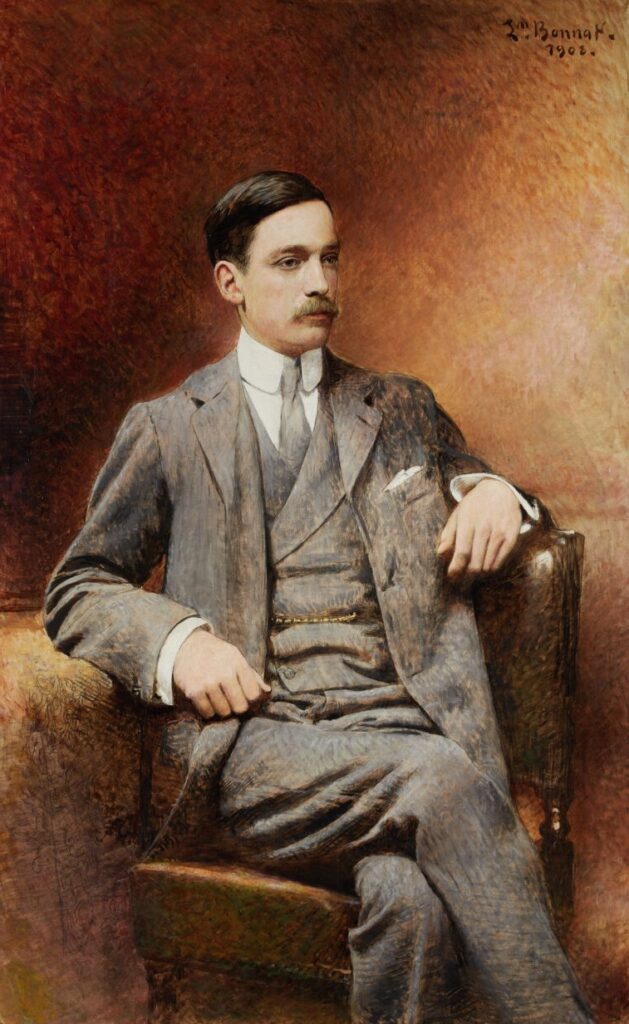
halsteadportraits.com
Marshall Field II by the French artist Leon Bonnat
The first Marshall Field bought the above mansion, located at 1919 South Prairie Avenue, for his namesake son in 1890. It had been originally designed by George Pullman’s favorite architect, Solon Spencer Beman. In 1884, the senior Field hired Daniel Burnham to expand the house to 30,000 square feet. The stately property—one of the few survivors of the Prairie Avenue grand era—has been converted into condominiums.

The first Marshall Field’s house was along the avenue at 1905 South Prairie.
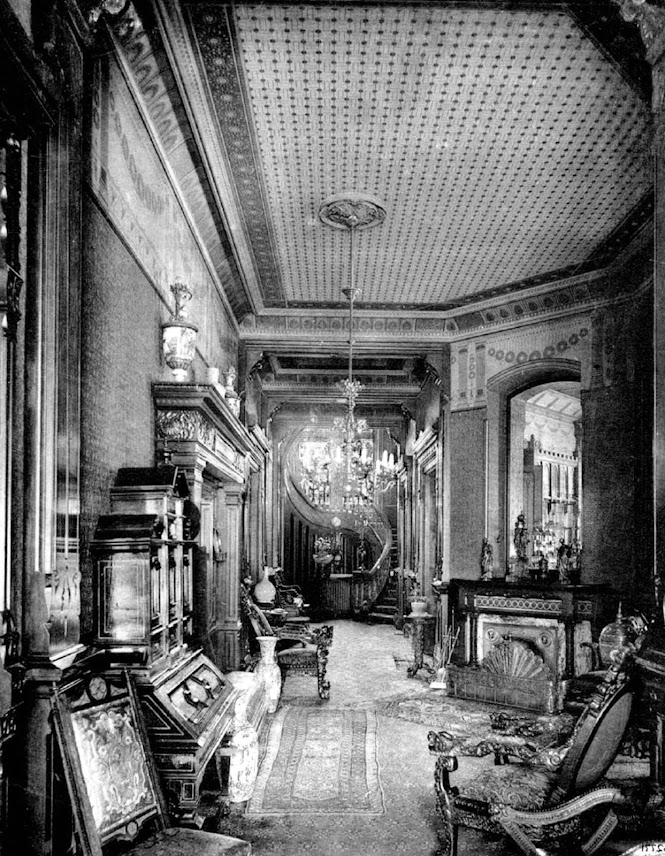
drloihjournalblogspot.com
This was the central hallway in the senior Marshall Field’s stately home. The dining room was to the rear, near the stairway, the living room to our right and the library to our left.
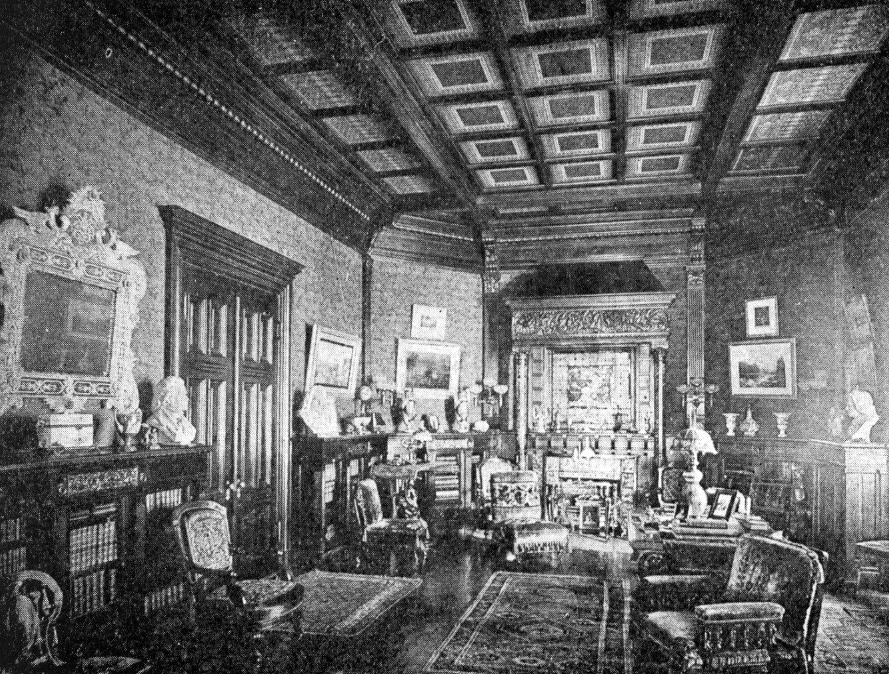
drloihjournalblogspot.com
The library in Marshall Field’s mansion at 1905 South Prairie Avenue.
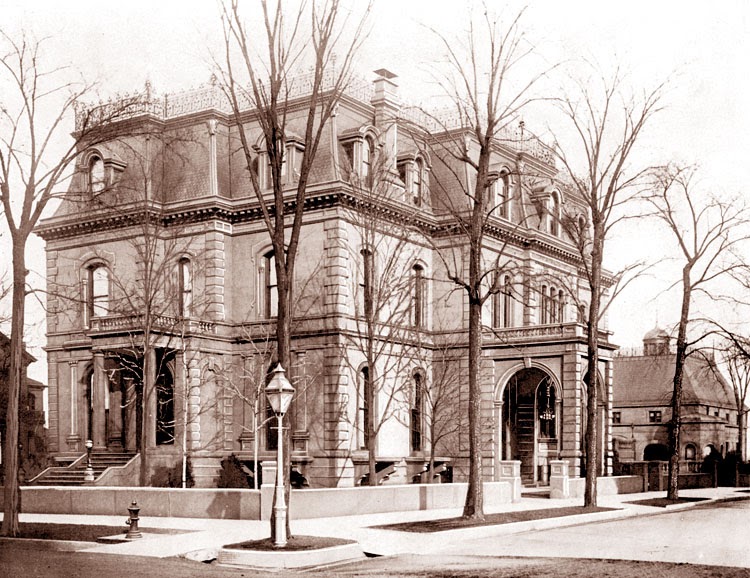
glessnerhouseblogspot.com
Through the years George Pullman kept continuing to add to his elegant mansion at 1729 South Prairie Avenue.

maxresdefault.jpg
Inside the Pullman Prairie Avenue mansion
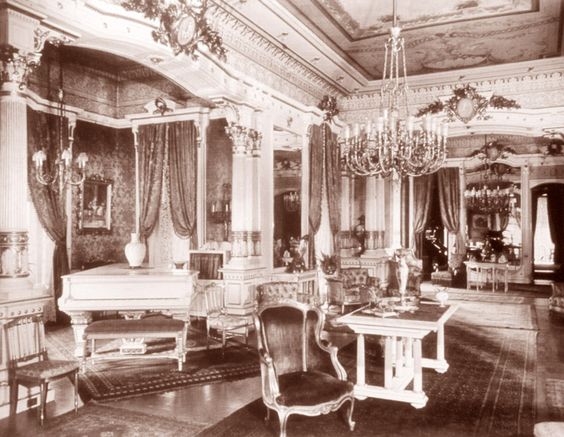
glessnerhouseblogspot.com
Another view of the very complete Pullman mansion interior.
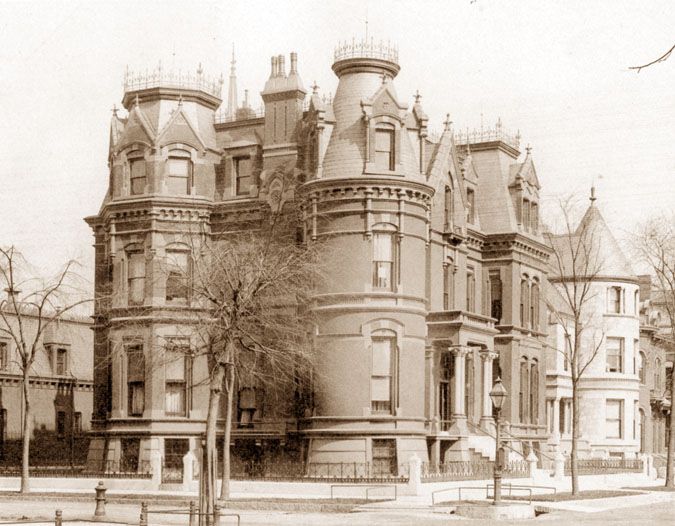
Victoriano.Arquitectura
Northern Trust Founder Byron L. Smith bought the John M. Van Osdel designed mansion at 2140 South Prairie Avenue from its original owner, William F. Tucker, in 1881.
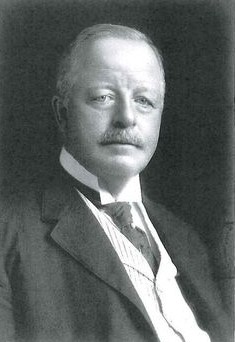
Byron L. Smith
Smith established the Northern Trust in 1889, after collecting approximately $1 million from leading Chicago businessmen, including Marshall Field and Philip D. Armour, and went on to co-found Illinois Tool Works with his sons in 1912, two years before his 1914 death.
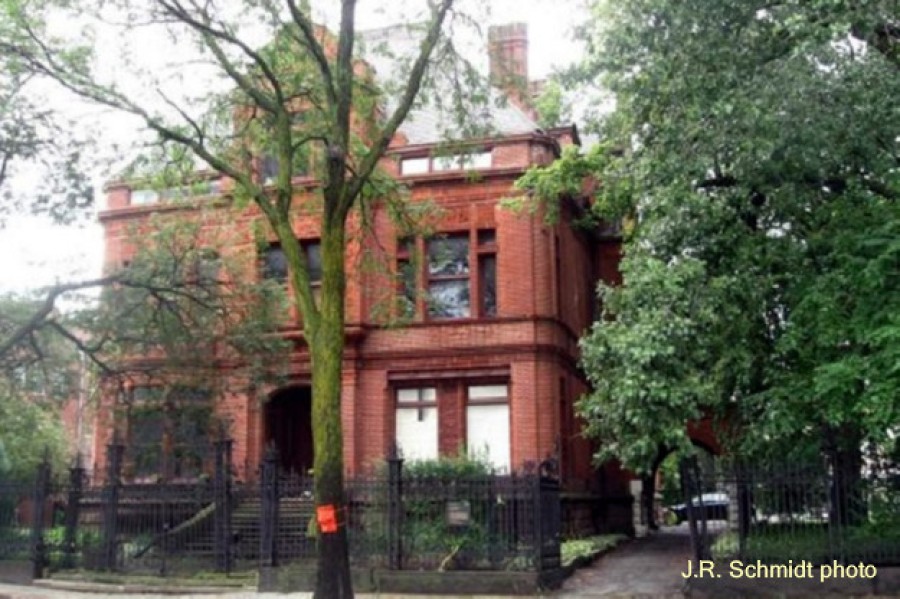
JR.smchidt-wbez.org
Bet-a-Million Gates bought this Burnham and Root designed mansion at 2944 South Michigan Avenue in 1897. This is another grand old residence that has been converted into condominiums.
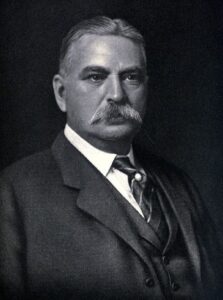
Wbez.org
John Warne Gates
John Warne “Bet-a-Million” Gates was a barbed wire and oil tycoon with a famous talent for gambling. The president of Republic Steel and of the Texas Company — later known as Texaco—earned his nickname when he wagered $1 million on which of two raindrops would first reach the bottom of a window.

The above is the house of a merger of two of the great meatpacking dynasties.
At the turn of the twentieth century, the Stockyards were ruled by three great Chicago dynasties, Armour, Swift and Morris. Helen Swift, Gustavus and Ann’s highly visible daughter, had married Edward Morris, son of Nelson Morris, in 1890. As the century turned Edward was president of Morris & Company, and Gustavus Swift presented the couple with the above mansion, known as the Swift House.
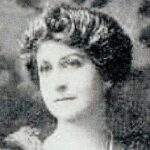 Helen, daughter of Gustavus Swift
Helen, daughter of Gustavus Swift
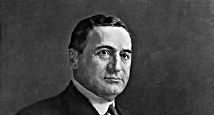
Morris & Company President and Helen Swift spouse Edward Morris
Apparently, the wedding gift Swift House was not grand enough for Edward Morris, who bought property at 4800 South Drexel Boulevard and engaged Howard Van Doren Shaw to design the Edward Morris House, which was completed in 1913.
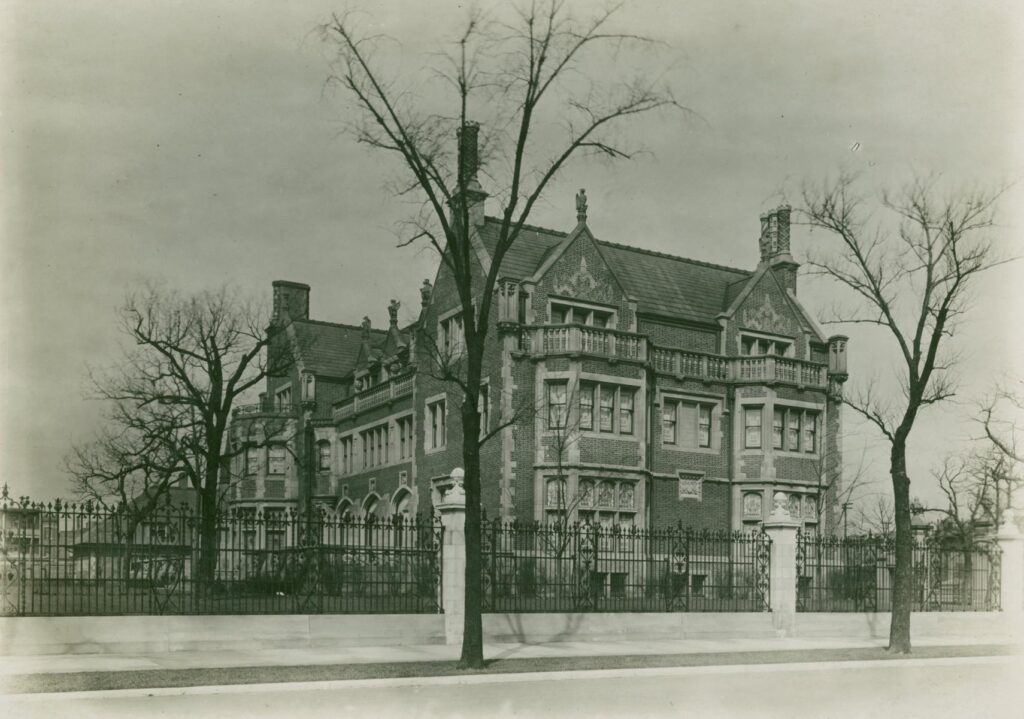
The Edward Morris House
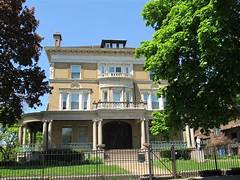
The true Swift House should have been the mansion Gustavus had built at 4848 South Ellis Avenue after years of housing his growing family in a grubby rental on Emerald Avenue, a working-class street at the edge of the Stockyards.
In the snooty words of Arthur Meeker, Jr., chronicler of Chicago’s 19th century moneyed set, “At a time when old P. D. Armour and his wife had long been ensconced on their sunny street among the sifted few, the Swifts were living in tribal obscurity in some bizarre neighborhood back of the Yards—was it called Emerald Avenue? To this day I don’t know precisely where was.”
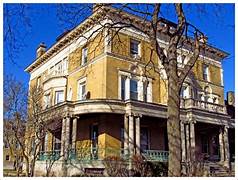
The “true” Swift house at 4848 South Ellis Avenue
As we noted in a previous story about this great dynasty, Gustavus Swift was from rare Mayflower stock, with nothing to prove to parvenu Chicago. Proximity to the Stockyards was everything to him in the early days—then, once the Swift fortune was on its way, he built the Ellis Avenue property.
Author Photo: Robert F. Carl






